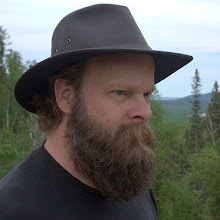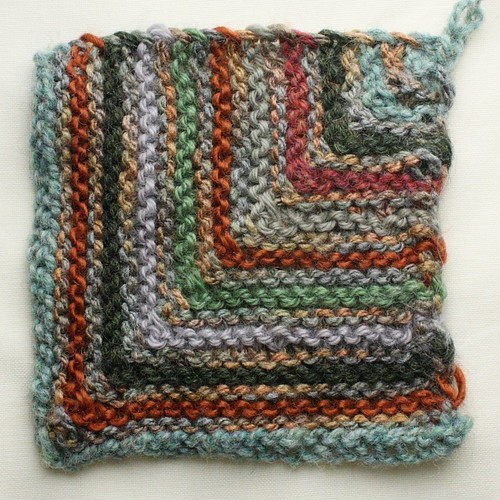
I grew up on the shore of Lake Erie, but it was a much smaller body that formed my first intimate vision of water. The golf course across the road had a water trap by the thirteenth tee, alongside a marsh. There each summer I would collect a pail of ripe water with a few tiny black polliwogs in hopes of raising them to froggy adulthood (I had a book that showed how a particularly clever boy might do it). Invariably I would forget the pail in full sunshine where those cute amphibious progeny met a swift demise. It was a harsh lesson in good intentions. People fancy themselves stewards of nature. In fact we are her subjects.
To no other aspect of our physical environment are we more indebted than the hydrological cycle, and we are at its mercy.
Until the 1970s scientists believed sunlight was the single most important requirement of life. Then we discovered entire ecosystems thriving around deep sea vents, food chains utterly independent of sunlight. At the base were microbes deriving energy not through photosynthesis but chemosynthesis, from chemical reactions between sea water and gases erupting from the vents. Considering this, astrobiologists suggest that we might find extraterrestrial life in our own solar system, particularly in oceans or caves under the surface of moons such as Jupiter's Europa.
Meanwhile we're having a hard time finding enough water to survive on our own planet. Since 1990, 1.6 billion people have gained access to safe drinking water, however a United Nations report predicts the quantity of water available to everyone will decline by 30 per cent in the next 20 years. And climate change is expected to intensify the hydrological cycle, causing drought in near-tropical areas, increased precipitation near the equator and in higher latitudes.
Water is another one of those things we tend to overlook or take for granted until we don't have it. If the threat to biodiversity is not enough inspiration for us to be more careful with our water resources, we should at least recognize that mismanagement is ultimately self-destructive.
The colours in this square remind me of wetlands, considered the most biologically diverse ecosystems. Historically people couldn't derive much economic benefit from them, and drained them. Belatedly we learned the cost. Wetlands are powerful water purification systems. As the world's need for clean water grows, governments and industries have begun to cooperate in conserving wetlands and constructing them artificially.
Since the days of my childhood, I've never been happy living far from water. I miss the lake, but have learned to find inspiration and solace around smaller bodies. In Guelph the Eramosa River has become for me a personal symbol of the journey of life.



